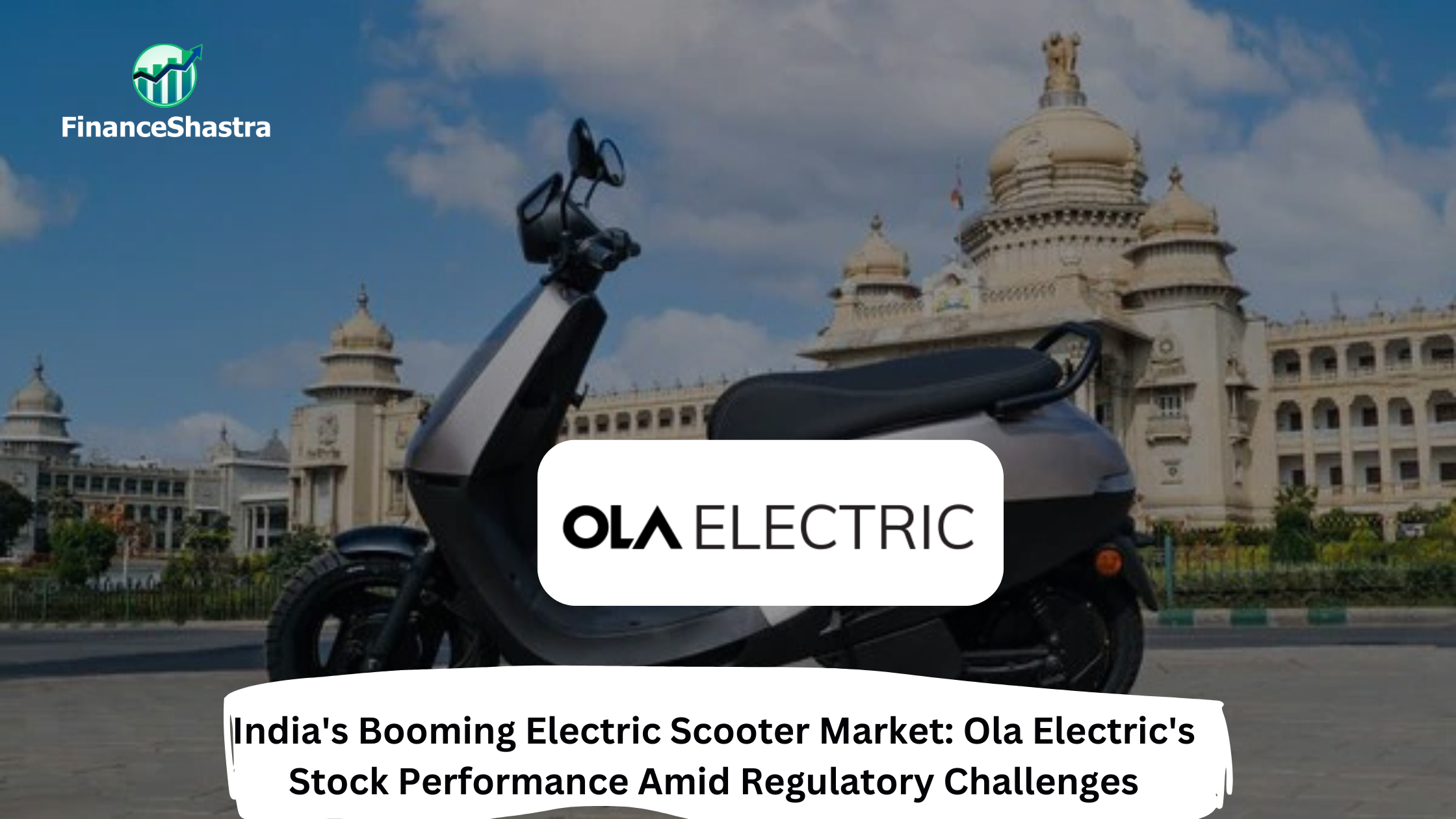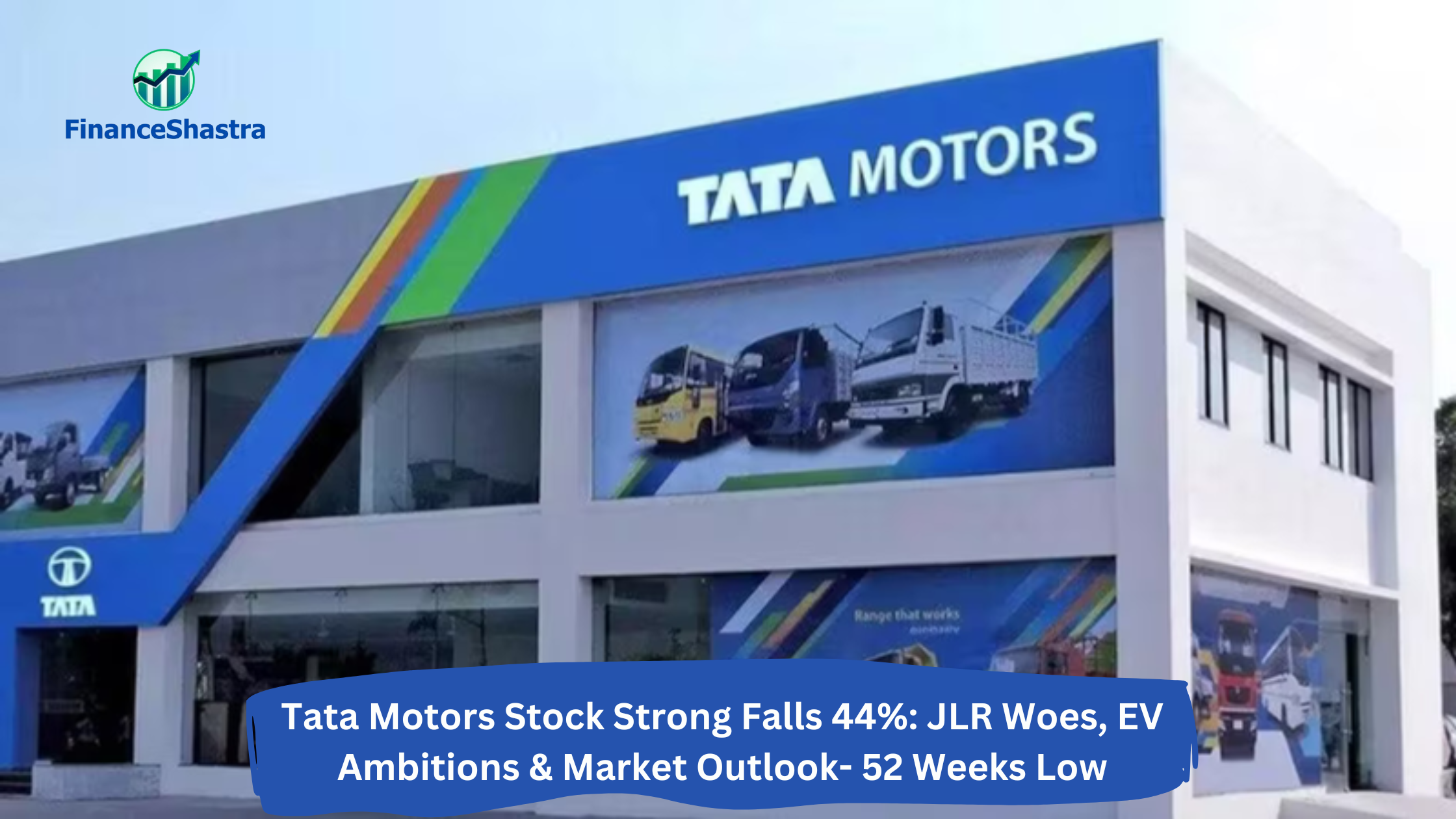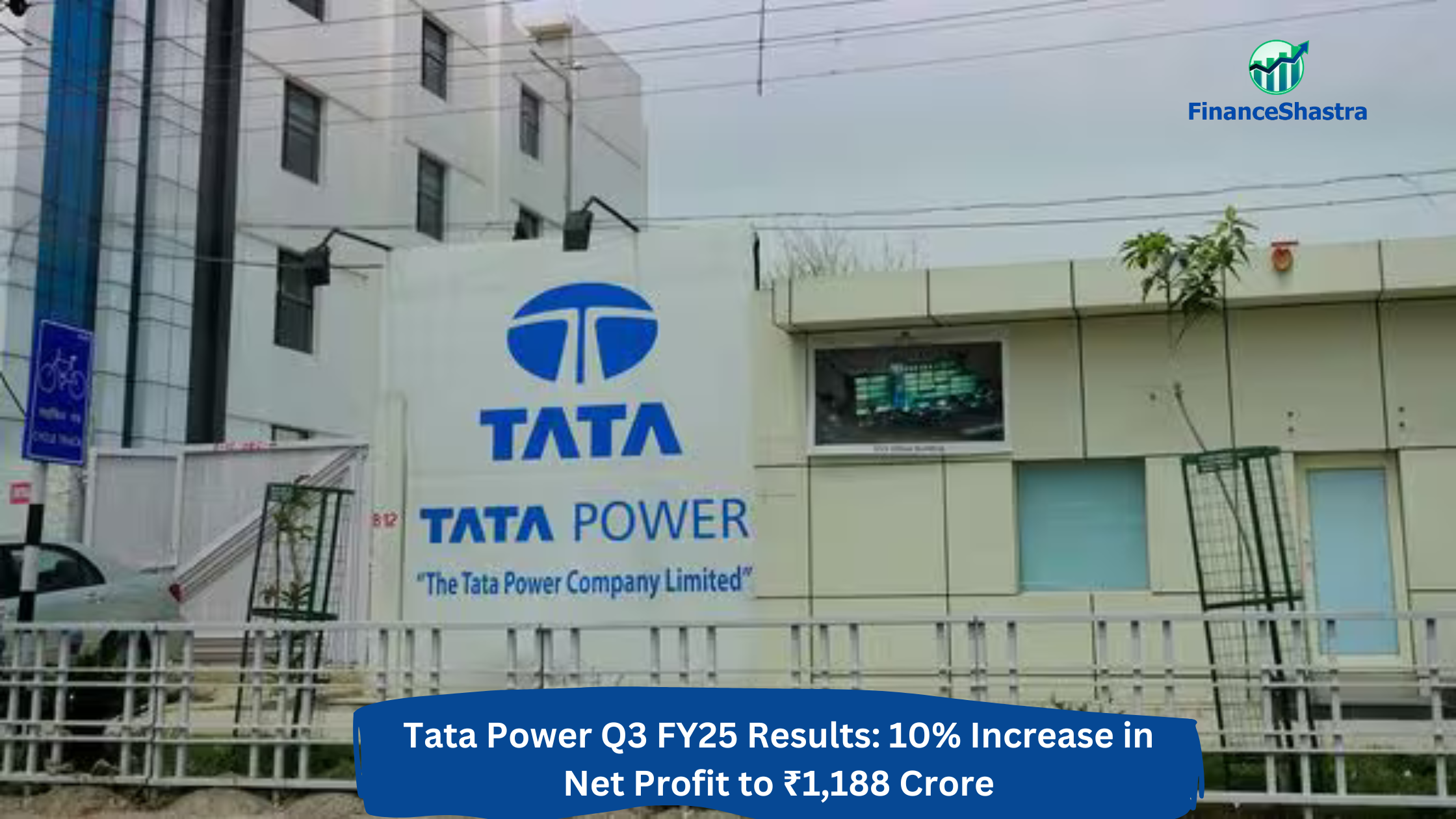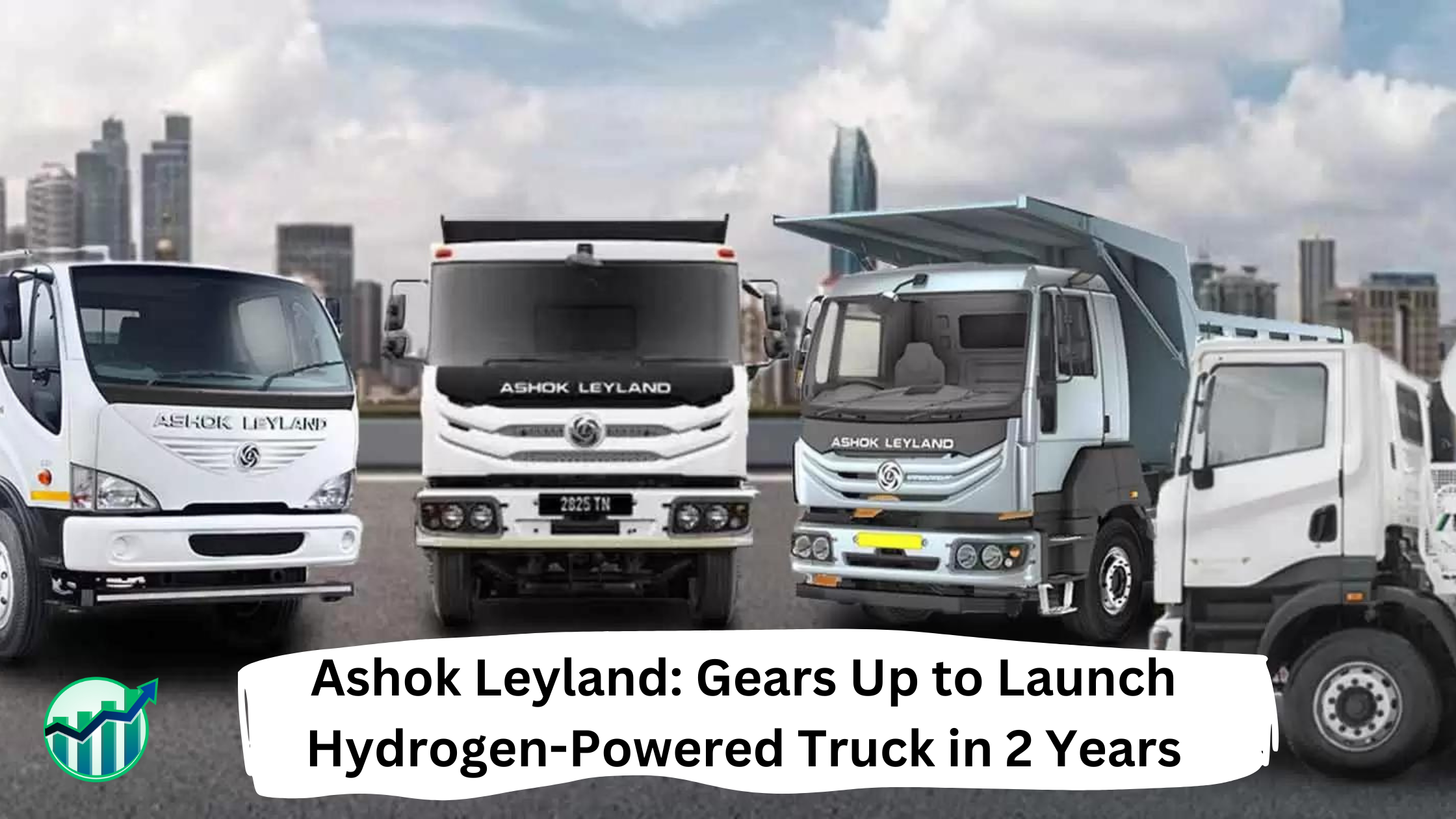Is Sona BLW Precision Forgings Buy? Analyzing Fundamentals Amid Stock Weakness
Business and Industry Overview:
Sona BLW Precision Forgings Ltd, also called Sona Comstar, is an Indian company that makes vehicle parts. It has nine factories in India, China, Mexico, and the USA. The company makes gears, motors, and other important parts used in cars, trucks, and electric vehicles (EVs). Sona Comstar sells these parts to big car companies in the US, Europe, India, and China. It makes differential gears, starter motors, and special motors for EVs. These parts help vehicles run smoothly and work better. The company makes parts for both fuel-based and electric vehicles.
More people are buying electric vehicles. This is helping Sona Comstar grow. The company makes special motors like BLDC and PMSM motors for EVs. It also makes motor control units, which help control power and speed in electric cars. These parts make electric cars last longer and perform better. Sona Comstar uses modern machines and new technology. It works to improve designs and make better products. It makes parts for cars, trucks, off-road vehicles, and electric two- and three-wheelers.
As the world moves towards electric and advanced vehicles, Sona Comstar will keep growing. The company is working on better, smarter, and more efficient parts for the future of cars. The automotive components industry makes important parts for vehicles like engines, brakes, and electrical systems. In India, demand is growing because more people are working and earning money. The country is also becoming a global hub for making and exporting these parts. Companies around the world are choosing India instead of China for manufacturing. India exports 25% of its auto parts, and this is expected to reach $100 billion by 2030. The government is helping the industry by allowing 100% foreign investment and giving funds for electric vehicle projects. India also has a cost advantage, as making auto parts here is 10-25% cheaper than in Europe and Latin America. The country is also the second-largest steel producer, which helps keep costs low. With strong demand, growing exports, and government support, India’s auto components industry is set to grow fast.Sona BLW is known for quality and innovation. It invests in new technology to improve its products. The company makes many different parts, which allows it to serve all types of vehicles like cars, trucks, and two-wheelers. Since India has low-cost manufacturing, Sona BLW can make parts cheaper than companies in Europe and North America while keeping high quality. The Indian government also supports the auto parts industry by allowing 100% foreign investment and offering incentives for EV production. Even though the company’s stock has dropped recently, its profits and future growth look strong. Experts believe it will continue to grow as demand for car parts increases worldwide.
Latest Stock News:
Sona BLW Precision Forgings stock price fell 23% in the last three months, but the company is still financially strong. A key measure of its performance is Return on Equity (ROE), which is 11%. This means the company earns ₹0.11 profit for every ₹1 invested. The industry average ROE is 12%, so Sona Comstar is close to that level. The company’s profits grew by 17% in the last five years, but this is lower than the industry growth of 28%. It reinvests 65% of its profits and also pays dividends to shareholders. Experts believe ROE will increase to 15% in the next three years, which means profits may grow faster. Sona BLW has closed its trading window from March 17, 2025, until 48 hours after it announces financial results. This is to follow SEBI rules and prevent unfair trading. The company makes high-quality forged parts for cars, trucks, and industrial machines. Right now, Sona BLW’s market value is ₹301.9 billion, and its stock price has dropped 17.59% this year. The average number of shares traded daily is 70,869. Even though the stock is down, experts expect future growth as the company improves its business.
Potentials:
Sona BLW wants to grow its business and make more auto parts for electric vehicles (EVs). The company will invest more money in new technology to improve its products. It will focus on making EV motors, motor control units, and differential assemblies because these parts are in high demand.
The company also wants to sell more products in other countries. It will increase exports to the US, Europe, and China while also growing in India. Since more people are using EVs, Sona BLW plans to work with big car companies to supply them with auto parts.
Sona BLW is also working on reducing costs and making better products. It will use new machines and automation to make products faster, cheaper, and with better quality. This will help the company stay ahead of its competitors.
To meet growing demand, Sona BLW plans to build new factories and upgrade old ones. It will also benefit from government policies that support EV production and auto manufacturing in India.
The company’s goal is to lead the future of the auto industry by focusing on EV technology, selling to more countries, cutting costs, and making high-quality products.
Analyst Insights:
- Market capitalisation: ₹ 30,209 Cr.
- Current Price ₹ 486
- 52-Week High/Low: ₹ 769 / 464
- Stock P/E: 50.6
- Dividend Yield: 0.63 %
- Return on Capital Employed (ROCE): 24.0 %
- Return on Equity: 20.9 %
Sona BLW Precision Forgings Ltd is a strong company with good growth. In the last three years, its sales grew by 27% per year, and its profit grew by 32% per year. It makes good use of money, with a return of 24% on capital and 20.9% on equity. The company has low debt and earns good profits with a 28% operating margin.
But there are some concerns. The stock is expensive, with a P/E ratio of 50.6, while competitors like Bosch (38.54 P/E) and Uno Minda (56.93 P/E) are lower or similar. Also, the promoter’s ownership has dropped from 67.18% in 2022 to 28.03% in 2024, which is not a good sign. The stock fell by 24% in the last year and 11% over three years.
The company has a good future because of its strong position in the electric vehicle (EV) market. But the stock price is high right now. It is better to buy if the price goes below ₹450 or hold if already invested.





